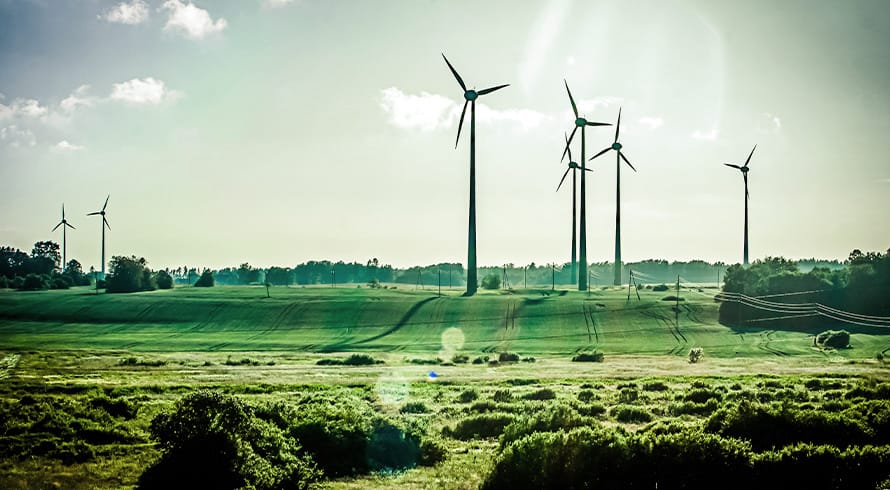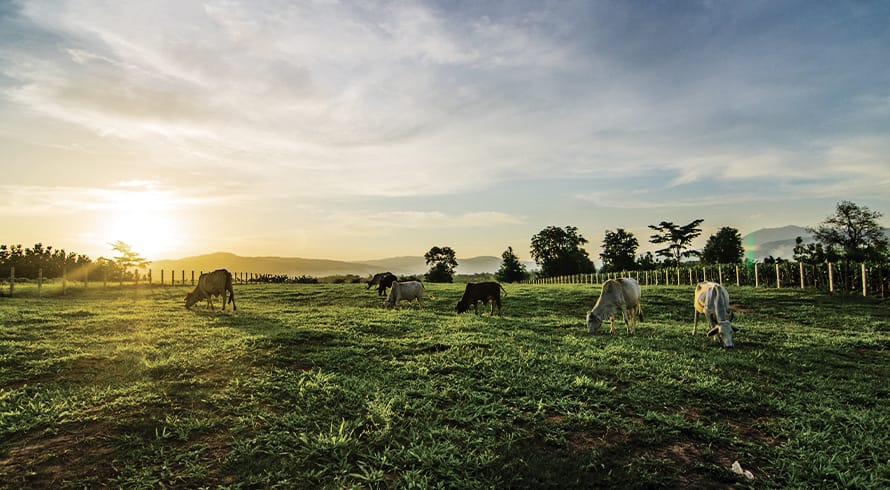Eskom publishes Generation Connection Capacity Assessment (2025)
At a glance
- Eskom published its updated Generation Connection Capacity Assessment (2025) (GCCA) at the end of October 2023.
- Lack of sufficient grid capacity has been cited as the main constraint to bringing more new generation projects online at the scale and pace needed in South Africa. The GCCA is aimed at guiding project developers and independent power producers on where to develop new generation projects based on generation connection capacity.
- According to the GCCA, transmission infrastructure upgrades will only be commissioned from 2027 onwards. As such, the assessment looks to interim or alternative options to ensure that new generation projects are able to connect in the meantime.
The GCCA is aimed at guiding project developers or independent power producers (IPPs) on where to develop new generation projects based on generation connection capacity of the grid. Per the GCCA, “generation connection capacity” refers to “the amount of generation that can be accommodated on the transmission system at any given time and at a given location without adversely affecting grid reliability and without requiring significant infrastructure upgrades”.
Lack of sufficient grid capacity has been cited as the main constraint to bringing more new generation projects online at the scale and pace needed to mitigate the current significant gap between energy supply and demand in South Africa. It is a problem that has already impacted the procurement of renewable energy, with only 1,000 MW out of a total of 4.2 GW awarded under the last round of the public Renewable Energy IPP Procurement Programme (REIPPPP). Despite deregulation of the legal framework to allow for private generation and offtake through bilateral wheeling arrangements, there are concerns over the limited options available for commercial and industrial offtakers looking to invest in renewable energy supply and secure offtake as soon as possible. This is especially considering that a large portion of shovel-ready projects that are at a more advanced stage of development are generally located in areas where they are unable to connect to the national grid.
GCCA
Below is a summary of the available generation connection capacity as set out and extracted from the GCCA, which includes all REIPPPP preferred bidders announced up to Round 6, as well as all of the private wheeling projects that have been issued with or have applied for and are awaiting budget quotations (BQs).
![Figure 1_Summary of the GCCA 2025 results[83] Figure 1_Summary of the GCCA 2025 results[83]](/export/sites/cdh/news/publications/2023/Sectors/Energy/Downloads/Figure-1_Summary-of-the-GCCA-2025-results83.png)
As industry is aware, capacity in the Cape provinces has been depleted, with the GCCA reflecting that there is also no more capacity available in the Hydra Central cluster. As per the GCCA, “These areas remain in high demand due to their abundant energy resources for renewable generation.”
According to the GCCA, the capacity deficit can be attributed to the increased renewable energy uptake exceeding the planned allocation provided for in the Integrated Resource Plan 2019 (IRP 2019) and Transmission Development Plan (TDP). The IRP 2019 and TDP respectively foresaw 15 GW or 13.8 GW of renewable energy being procured by 2025, while the GCCA indicates that renewable energy penetration for 2025 already stands at 18 GW.
A total of 19.94GW of grid capacity still remains across the KwaZulu-Natal, Gauteng, Limpopo, Mpumalanga, North West and Free State provinces, but they are not viewed as favorably from a renewable energy resource availability perspective. That being said, there are indications that IPPs are investing in developing projects in areas with remaining capacity.
The GCCA further provides details on the total committed MWs for IPP generation in each province, setting out the details of the relevant projects, including technology, capacity, programme and status. Where the applicable programme is indicated as “BQ”, it reflects that the project forms part of a private, bilateral wheeling solution.
Interim plans to open grid capacity
Recent estimates indicate that R235 billion is required to upgrade the national grid, including the construction of 14,000km of new transmission lines and installation of additional transformer capacity in constrained areas. The situation is further aggravated by the long lead timelines generally associated with transmission development and construction, and Eskom’s inability to presently secure financing for the upgrades. According to the GCCA, transmission infrastructure upgrades will only be commissioned from 2027 onwards. As such, the GCCA looks to interim or alternative options to ensure that new generation projects are able to connect in the interim.
Apart from recommending that developers focus on areas with remaining grid capacity, the GGCA confirms that curtailment studies have been undertaken to implement planned curtailment as a means of providing an “alternative option” for connecting new generation projects in areas with no transmission network availability. No further details are provided in the GCCA, save that the curtailment has been accepted from a governance perspective and now needs to undergo regulatory approval processes. It is estimated that results from the study will only be available in the next release of the GCCA.
Although not reflected in the GCCA, industry engagements indicate that curtailment will only serve to mitigate grid constraints in relation to wind projects, with co-location of battery storage identified as the solution in respect of solar PV plants. It is understood that these mitigation strategies are undergoing further studies, to best understand how to manage the export of power to the grid on a more granular level with reference to demand during specific Time-of-Use periods. Feedback at the Green Energy Summit in early October 2023 indicated that less than 10% curtailment could result in 4 GW of generation capacity becoming available in the Cape provinces.
It is, however, unclear how these strategies will be implemented, especially in relation to wind projects that are already operative or where power purchase agreements have otherwise been signed without catering for planned curtailment. It is understood that Eskom will continue to engage industry on the matter, with the strategy ultimately requiring approval from the National Energy Regulator of South Africa.
The information and material published on this website is provided for general purposes only and does not constitute legal advice. We make every effort to ensure that the content is updated regularly and to offer the most current and accurate information. Please consult one of our lawyers on any specific legal problem or matter. We accept no responsibility for any loss or damage, whether direct or consequential, which may arise from reliance on the information contained in these pages. Please refer to our full terms and conditions. Copyright © 2025 Cliffe Dekker Hofmeyr. All rights reserved. For permission to reproduce an article or publication, please contact us cliffedekkerhofmeyr@cdhlegal.com.
Subscribe
We support our clients’ strategic and operational needs by offering innovative, integrated and high quality thought leadership. To stay up to date on the latest legal developments that may potentially impact your business, subscribe to our alerts, seminar and webinar invitations.
Subscribe




